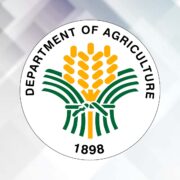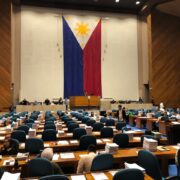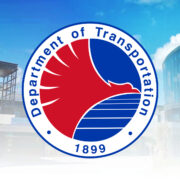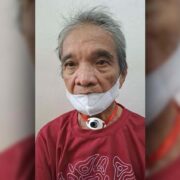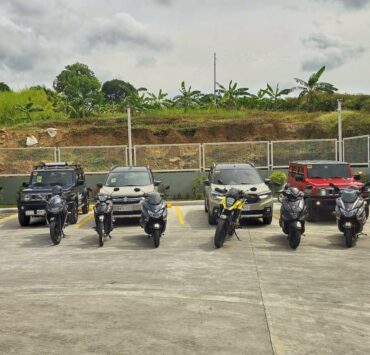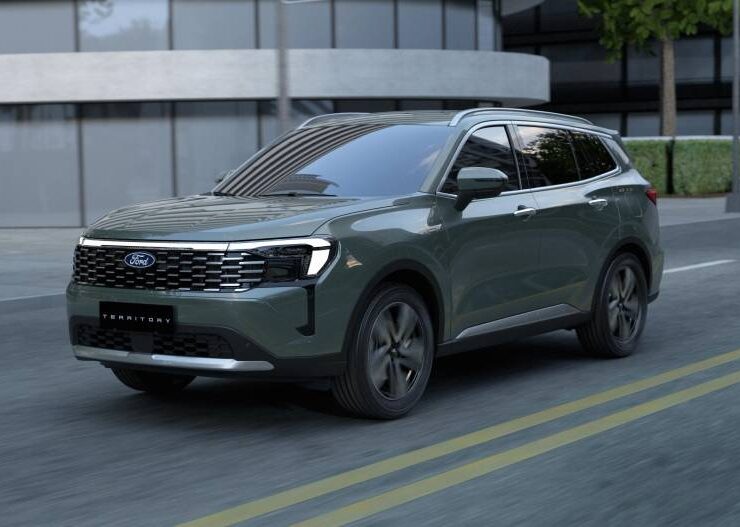Green light for a ‘Ka-CAMPInk’ tie-up
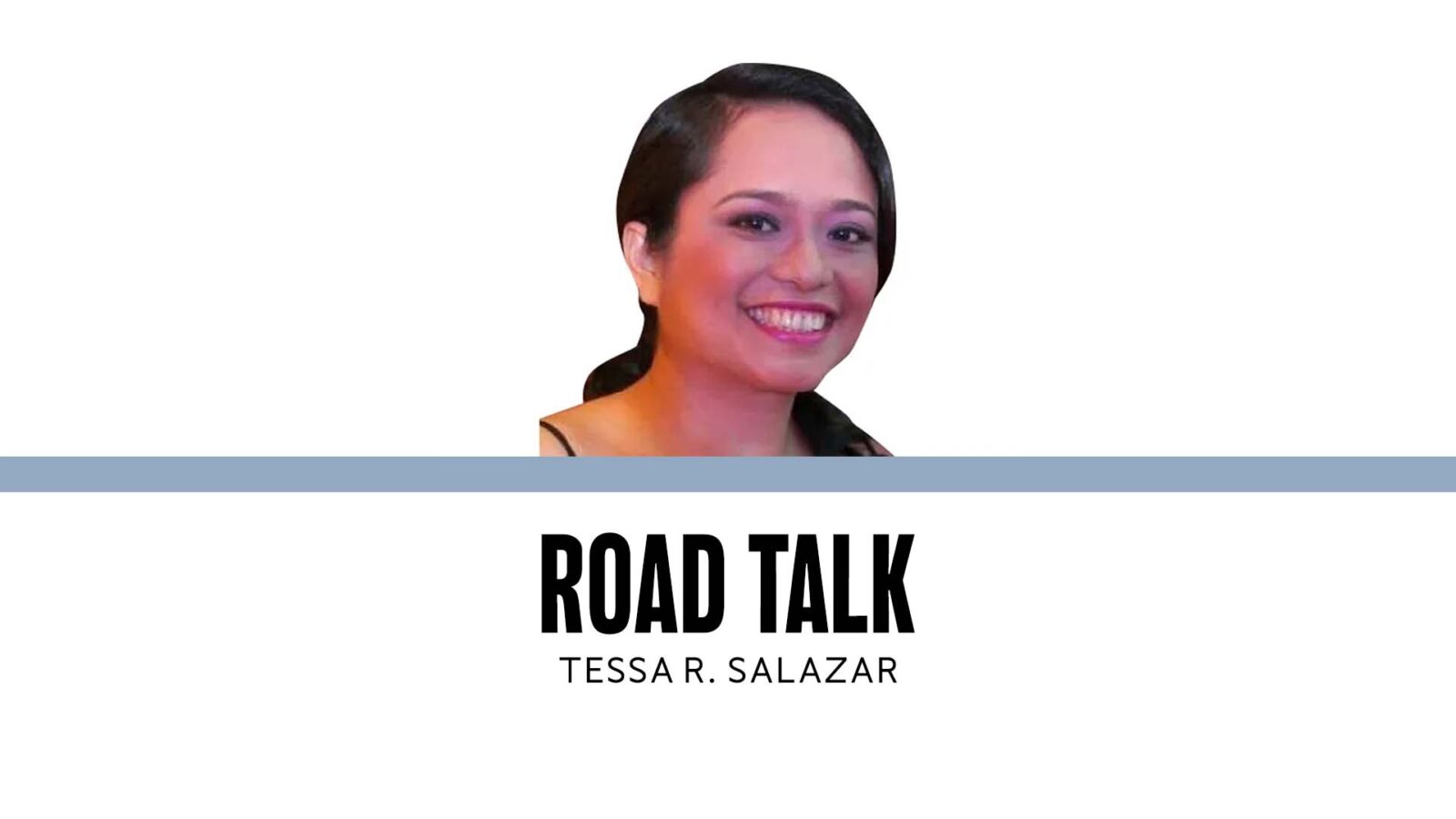
We’re living in an “artificially timed” world. That means, as natural time remains constant or universal, we humans try as mightily as we can to either make it run faster, or slower, depending on how every span of time rewards or pains us.
And the way we think we can control time encapsulates our belief that we are in control of our environment. Advancements in technology seem to reinforce such a belief. We institute systems, create machineries, organize labor, to form and mold our environments.
But when nature decides to do her thing, well, we’re ultimately put in our place, reminding us who really is the boss. Sometimes, the very things that we do that we think should “tame” nature into submission, fights back. As climate scientists have described, the extent to which we have extracted the earth’s resources to make infrastructures, roads, railways, land, air and sea transports, houses, buildings, clothes and accessories, consumer goods, food for humans and animals, and the like, has had wide-ranging impact on the environment—many of them adverse to our own living conditions and the ecosystems of many living organisms.
Climate science and energy policy expert Alice Larkin wrote in “The Climate Book” how “sailing a ship across the ocean creates vibrations that can disturb wildlife,” (a classic example of the Butterfly Effect), while people living close to airports are subject to noise levels that can impact negatively on their health. She writes further, “Combusting petrol in a car, diesel in a ship or kerosene in a plane releases harmful emissions into the air we breathe and contributes to global warming: Overall, the (transport) sector represents around a quarter of global carbon dioxide emissions from burning fossil fuels. As our economies grow, and transport expands, emissions increase both in absolute terms, and, typically, in their proportion compared with other sectors.”
Fortunately, many groups in the transport sector have opened their eyes to this alarming trend, and have proactively sprung into action to bring nature back into balance.
Here, the country’s top automakers of the 22–member Chamber of Automotive Manufacturers of the Philippines Inc. (Campi) have recently inked a deal with Angat Buhay Foundation to support climate action and sustainability efforts. Angat Buhay is widely known as a trustworthy non-profit, non-government organization dedicated to uplift the lives of hard-to-reach communities across the country.
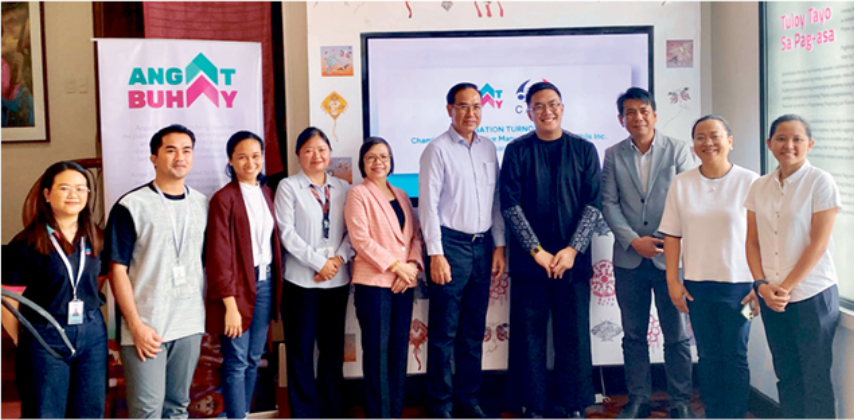
Campi members have been initiating their own corporate social responsibility (CSR) programs geared for the environment, ranging from carbon footprint reduction, tree-planting initiatives, and water conservation projects, to sustainable vehicle production and electric vehicle promotion.
Generally, Campi’s approach to carbon neutrality has involved multiple pathways (diverse technologies involving numerous sectors), stressing that a planet-wide problem like greenhouse gas emissions cannot be solved by a one-size-fits-all approach. Apart from introducing new technologies in propulsion—new energy vehicles (NEVs)—that the market can easily adopt, other climate mitigation efforts that would lead to carbon reductions include, but are not limited to: The Honda Battery Trade-In Program (traded-in old batteries are collected and recycled by Department of Environment and Natural Resources-certified recycling facilities); Toyota Motor Philippines’ Plant Zero CO2 emission target in its manufacturing facilities and installation of 1-Mw solar array in Santa Rosa Laguna plant, along with its mangrove planting, coastal cleanups and adoption of forest planting sites; and Isuzu Philippines’ solar photovoltaic project for energy self-sufficiency to reduce CO2 emissions of its manufacturing plant in Binan, Laguna.
Campi’s partnership with Angat Buhay Foundation serves as a way for the former to play a part in national-scale climate adaptation activities, particularly in disaster response, risk reduction, and resiliency programs.
Of the five advocacies (“five pillars”) that Angat Buhay has focused on, Campi chose Climate Action and Sustainability to support, doing so via a check turnover worth P500,000 last Feb. 3 at the Angat Buhay headquarters in Quezon City. The cash donation goes to funding programs that aid disaster-prone areas and promote environmental resilience nationwide.
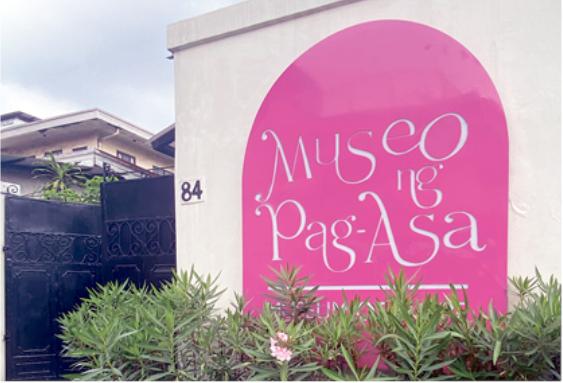
of bayanihan and volunteerism starts (PHOTO: TRSALAZAR)
The check turnover was led by Campi president Atty. Rommel Gutierrez, who reaffirmed that Campi continues its commitment not just for climate change mitigation but also in adaptation and environmental policy enforcement through partnerships with NGOs like Angat Buhay.
Gutierrez said that the industry has been evolving in terms of technological advances such as NEVs, asserting that even conventional-powered internal combustion engines (ICEs) have improved in their emissions and fuel efficiency, and these “advancements are geared towards improving the environment.”
“We hold the Philippine International Motor Show every other year. That’s where we showcase these products. And out of the proceeds, we always set aside amounts for donation to worthy institutions. We are looking at not only climate action but also of the sustainability of it. We all want to see it put to good use. This might not be the only time we are supporting Angat Buhay. We look forward to a really good partnership and collaboration geared towards the environment. Campi is happy and proud to be part of your efforts in climate action and sustainability,” said Gutierrez.
He added: “We are very happy to partner with Angat Buhay in their efforts to assist different communities nationwide, especially for climate change and sustainability initiatives. Campi has always been a strong advocate for environmental responsibility, and we believe that working with organizations like Angat Buhay allows us to make a meaningful impact.”

The five pillars of Angat Buhay, as enumerated by the foundation’s executive director Raffy Magno, are: 1) Public education—championing accessible and inclusive quality education for every Filipino; 2) Health, nutrition and food security—ensuring that Filipinos have access to quality healthcare and proper nutrition; 3) Climate action and sustainability—building resilience and developing long-term strategies that mitigate the impact of future disasters; 4) Community engagement—engaging stakeholders, sectors and volunteers towards active social involvement; 5) Arts and Culture—empowering young Filipino artists and serving as a platform for inclusive learning.
Angat Buhay empowers communities through education, health, disaster relief, and sustainable livelihood programs. Under its Climate Action & Sustainability pillar, the organization implements initiatives that support climate-vulnerable communities by providing disaster resilience training, sustainable livelihood programs, and environmental conservation efforts.
“We are very grateful to the leadership of Campi for this partnership, as it will enable us to deliver various programs and much-needed assistance to disaster-prone areas and vulnerable communities across the country,” said Magno.
Over the years, Campi has supported a number of sustainability and disaster relief programs, reinforcing its commitment to corporate social responsibility. To know more about Campi and Angat Buhay’s various other CSR efforts, check their websites: www.campiauto.org and www.angatbuhay.ph


